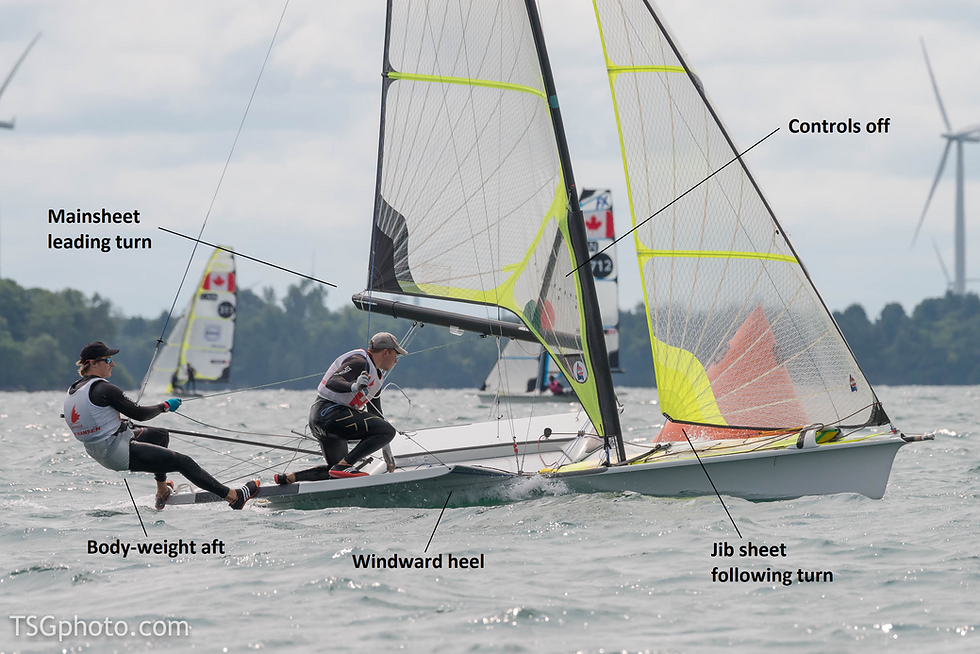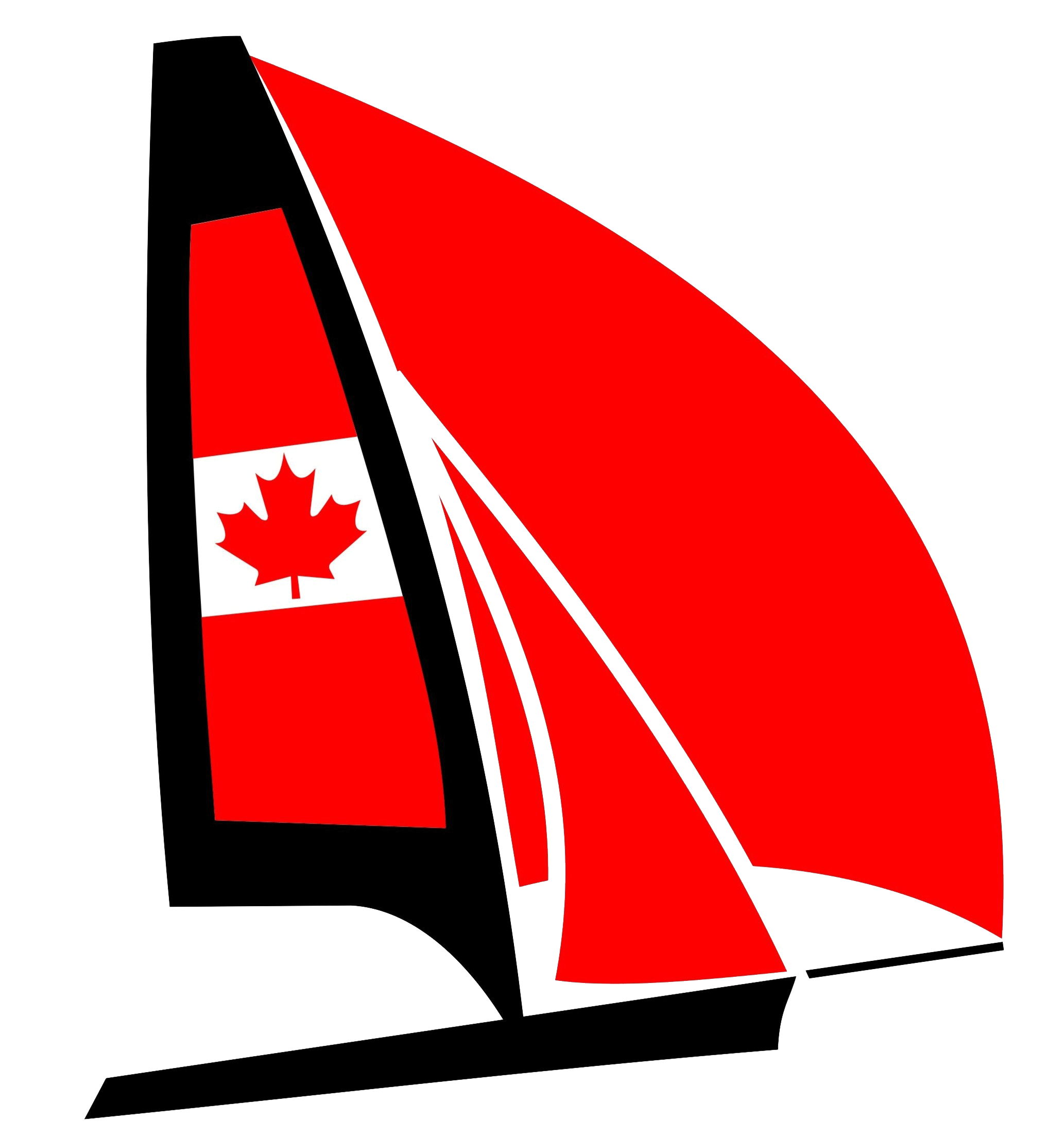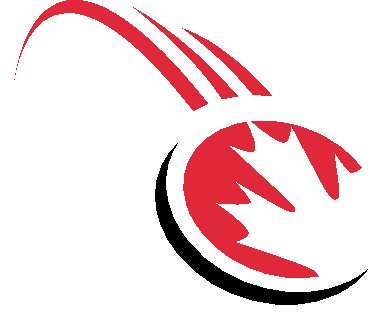Physics of Sailing (pt 2) - Application
- SPIN Sailing
- Dec 10, 2018
- 7 min read

Introduction
The balance between the center of effort, center of lateral resistance, and center of mass is something a sailor should be constantly striving for while sailing. The proper balance between the three forces allow the boat to sail more efficiently; it prevents aerodynamic and hydrodynamic stalling on the foils/sails and increases efficiency allowing the boat to sail faster and higher by reducing drag and maximizing potential power. When sailing in a straight line, sailors look to balance these forces to maximize speed. This information can also be used to influence the boat to maneuver more efficiently as well. By using certain techniques and adjustment, the boat can head up and bear away with minimal use of the rudder, effectively reducing drag.
Controls
Below we have outlined the major adjustments that influence change in the balance of the three forces. They can be used to either balance the forces for maximal speed sailing straight line, or to influence more efficient turning of the boat. As well there are some common situations to when each adjustment is most commonly applicable.

Main sheet:
Sheeting in = heading up
Easing sheet = bearing away
Straight line the mainsail is used to generate/control power
Before achieving maximum leverage with center of mass, the main should be trying to generate max power by sheeting in without stalling flow over the sail
Once full hiking leverage is achieved, the mainsail controls the power by sheeting out appropriately to maintain optimum heel
When turning, the main is the first sail to lead the turn
Rounding up the main is trimmed in slightly ahead of the others, encouraging the boat to turn
Bearing away, easing the main should lead the maneuver to shift the center of effort forward
Jib sheet:
The jib works opposite to the mainsail
Sheeting in = bearing away
Easing sheet = heading up
Straight line the jib acts much like the main, but the primary goal is to match the slot between the two sails to optimize airflow and therefore speed
Turning the jib follows the sheeting of the mainsail
Rounding up the jib will follow the mainsail trim to shift the center of effort backwards
Bearing away, keep the jib in slightly longer/more to encourage the boat to turn down
Rig
The rig (on most boats) is a fixed setting during a single race, so adjusting it to aid in particular maneuvers or improve boat speed immediately is not an option
Some boats such as the star and other keel boats may have rake adjustment or check stays, which does allow for the rig to be adjusted while sailing
As the rig is used to control depth and positioning of sails (rake for-aft), power can be allocated to certain sails
a deeper, more powerful jib with flatter, less powerful main causes the boat to have a tendency to bear away
A deeper main and flatter jib will have the opposite effect
Because of the complexity of rig tuning it will be discussed in a separate article, but the primary indicator for adjusting the rig is amount of helm in the rudder and positioning of the sails sheets and controls
Sail controls (sail shape/depth)
The primary adjustments - vang (or sheet angle for the jib) and cunningham - control the twist and depth (draft) placement of the sail
More cunningham reduces power by moving the draft forward, opening the leech and flattening the sail
The vang (or jib sheet angle) decreases power when the mainsheet can still be maximum trimmed in by flattening the sail
Once the mainsheet is being eased, adding vang will increase power by controlling the leech of the sail
Like the sheet control for each sail, creating a more powerful main/less powerful jib will cause the boat to head up, and a less powered main/powered up jib will result in tendency to bear off
Straight line these control (particularly the main) act as immediate adjustments for the rig and can alter the power to balance the forces and helm
During maneuvers they are adjusted drastically to help with the turning, as well as prep the sails for the final exit angle
Bearing away at the top mark, controls are released moments before turning and set for their appropriate downwind setting
Turning upwind at the leeward mark, controls can be preset to their upwind or near upwind setting to aid in turning and ensure immediate max speed upon reaching your upwind angle
Body-weight for-aft
Body-weight for and aft controls the area of hull and foils in the water (center of lateral resistance) and sail area positioning vertically (center of effort)
Body-weight more aft = bear away
Body-weight more forward = head up
During straight line sailing the focus of body weight positioning is to reduce stern drag (light wind) or free the bow from the water and encourage planning (medium to heavy wind)
At maneuvers you can use more extreme body positioning to help the boat turn
Moving drastically aft during bear away's
Moving forward to your upwind hiking position just before rounding a leeward mark
Foils
Foil height is primarily only used during straight line to balance the center of effort/center of lateral resistance
When wind and boat speed become high enough, many boats do not need as much lift from the foils and raising the centerboard slightly can increase speed as well as make the boat easier to sail (depowers the boat)
Downwind

During the downwind the application of these adjustments can be quite different depending on the style of boat. First, the spinnaker should not be thought of as a primary adjuster of boat balance. Instead, the goal is to optimize flow over the sail (generally indicated by the amount of luff curl) to maximize speed and the steering is how the power is controlled.
With apparent wind sailing and boats equipped with asymmetrical kites (gennakers), the downwind style is much more similar to that of sailing upwind. Due to the angles and how the kite is trimmed, many of the adjustments have the same relevance. Moreover, the gennaker can be thought of as a secondary jib as it is only adjusted from the single point (the sheet). Therefore, trimming the kite sheet in will cause the boat to bear away and easing the sheet will head the boat up.
When looking at boats that sail close to a direct downwind angle and as well use a symmetrical spinnaker, the priority and effectiveness of adjustments change. First, because of the near direct downwind angle, the center of lateral resistance is not a significant tool to change how the boat sails; the two foils are nearly aligned with each other and the direction of wind, so pulling one foil up will not shift the center of lateral resistance as much. This is why with many symmetrical downwind boats you will see them pull their centerboard up significantly as they are simply reducing hydrodynamic drag rather than adjusting the center of lateral resistance. Second, the symmetrical kite acts slightly differently. While technically the principal is the same (sheeting in will bear you away and easing will head you up), the difference is in the adjustment as the symmetrical kite has two points of adjustment - the sheet and the guy. A better way to think of the effects/adjustment is by rotating the kite. By easing the kite sheet and trimming in the guy, you rotate the spinnaker towards the windward side of the boat, therefor shifting the center of effort that way. Bringing the spinnaker to leeward would then in turn head the boat up.
Heel
The effect of boat heel may be the most complicated topic we touch on so far with the ‘Beyond the Coach Boat’ series. For many trained sailors, it is common knowledge that leeward heel induces rounding up and windward heel will cause the boat to bear away. Because of the extent and detail of this topic, we will dedicate a separate article solely to the cause/effects of heel. For the purpose of this article, it is just important to outline the effects of heel. Due to several factors such such as hull shape, shift in the position of the three forces, and direction of each force vector, leeward heel results in heading up and windward heel causes bearing away.
Heel is one of the most commonly used assets to adjust steering, especially while maneuvering. It is one of the most effective tools to turn the boat and therefore minimizes rudder action (drag) and maximizes potential speed. Sailing straight line (with the exception to some factors such as hull shape and wind conditions), having the boat flat maximizes exposed sail area to the wind and allows the foils the generate lift in the optimal direction, both resulting in more power, better flow, and higher speed. When turning, allowing for appropriate heel to the degree of turn will reduce the use of rudder and drag associated with rudder action. The shape of the hull and positioning/vectors for center of effort and center of lateral resistance encourage the boat to turn with reduced use of the rudder and has proven to be a more efficient method of altering course (when considering maximizing speed). For many boats (including the 49er), turning with inappropriate heel is unachievable. Boats with relatively small rudder surface area do not have the necessary power to turn the boat alone; trying to bear-away with leeward heel will cause the flow on the rudder to cavitate, slowing the boat, losing lateral resistance in the stern causing the boat to round up, and potentially break steering components from the loads exerted on the rudder.
Conclusion
Outlined above are just a few of the general adjustments to control the power available to a boat - some boats have many more than this. All of these are key tools to make straight line sailing and maneuvers more efficient. Each adjustment has a certain time and place for use and that is something that is left up to the trained eye. Finding the optimal balance between all aspects is what makes for speed advantages and separates the top level sailors. It is important to know the effect each adjustment has and analyze the big picture when making a decision; identify the issue/change you want to implement, consider the possible solutions, check the current setup of each possible solution, then test several adjustments to see if there is an improvement. Eventually, after many hours practicing these skills in certain situations, the decision becomes more automatic and a clear solution is usually present.










Comments